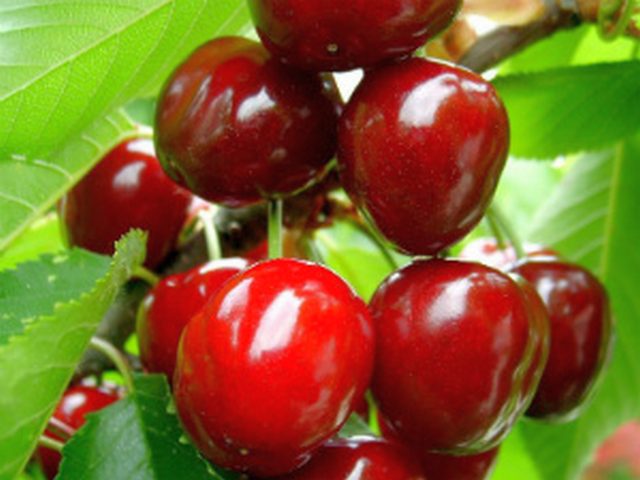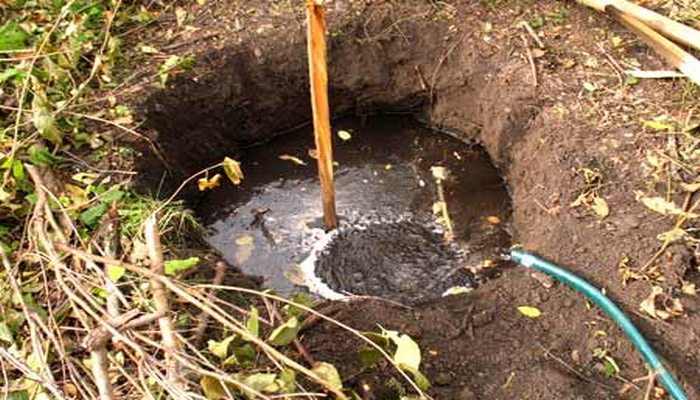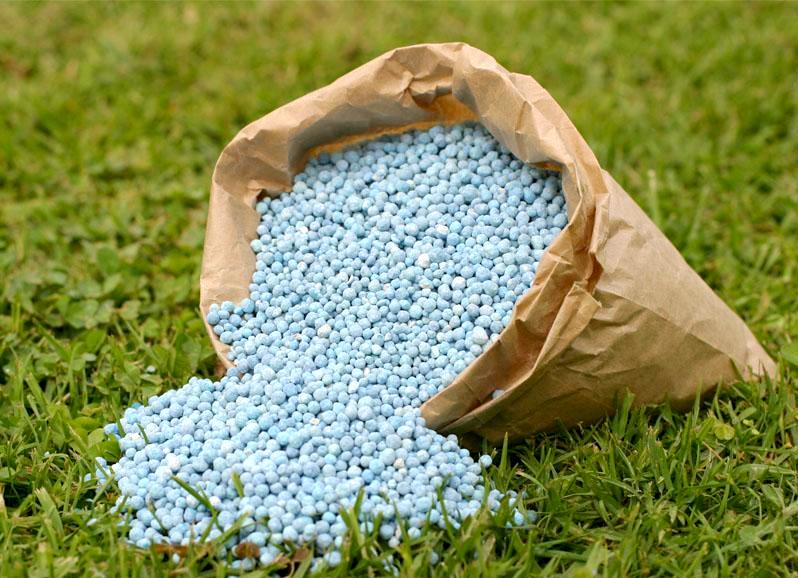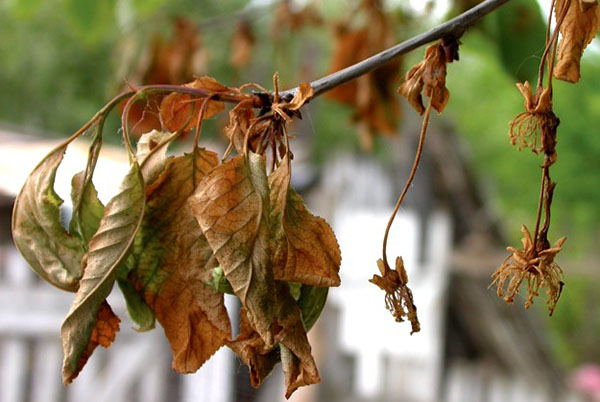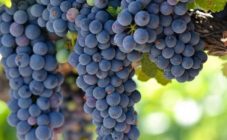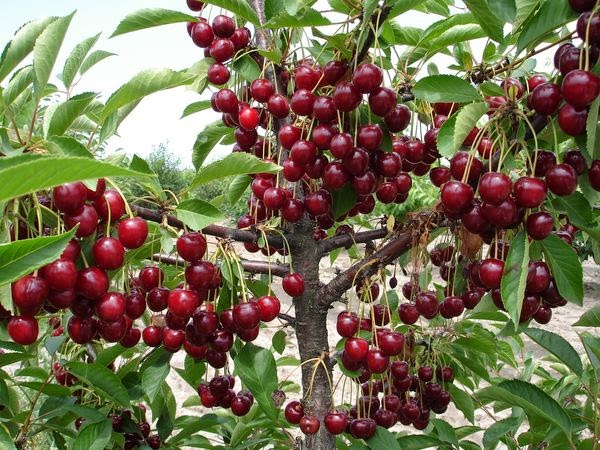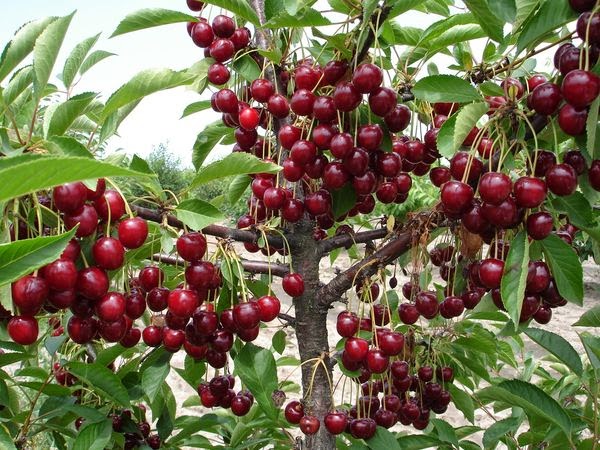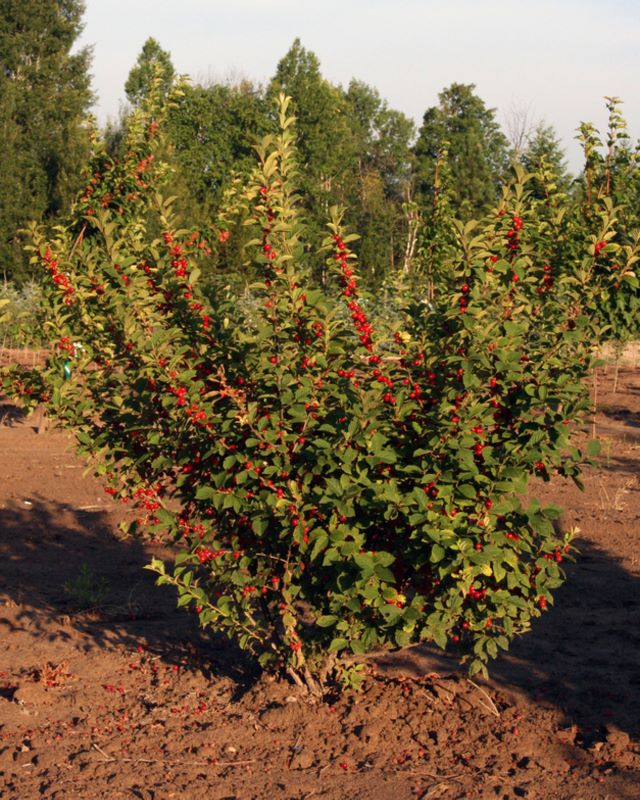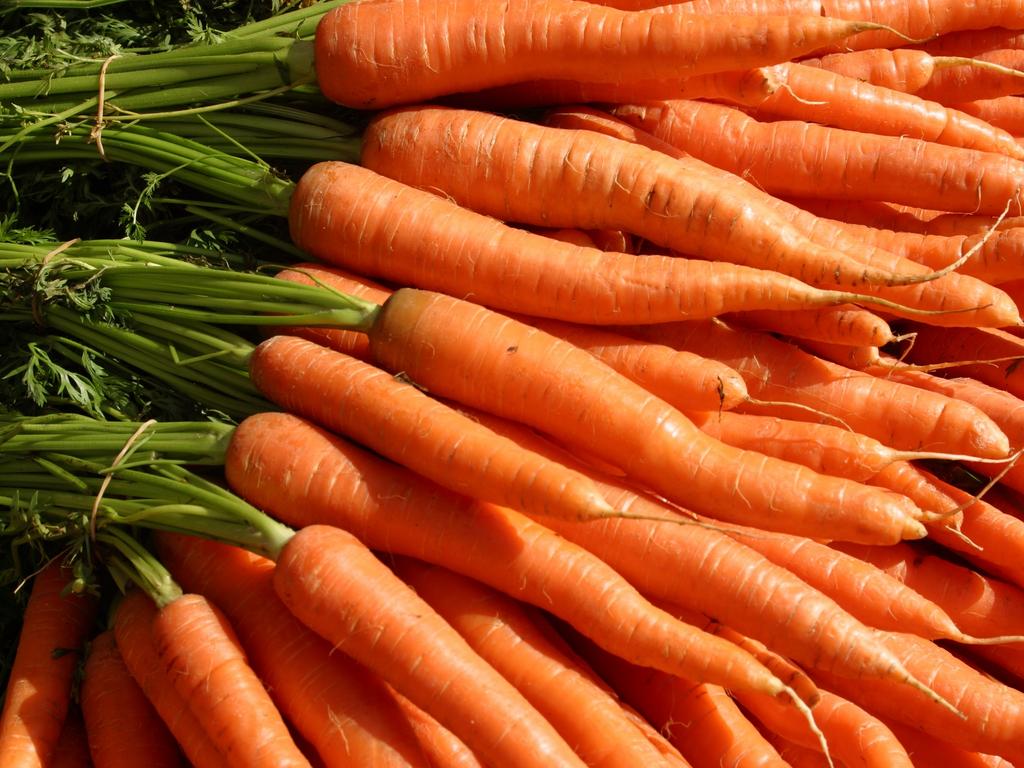Content:
Cherry is a common crop in Russian gardens. Gardeners loved her primarily because of the delicious and healthy berries. On our sites, cherries grow in the form of shrubs or trees. In this case, the bushes most often grow up to 2-3 meters, and trees can reach a height of 4 meters or more.
The first berries are given by cherry orchards already in the third year after planting a two-three-year-old seedling and continue to give generous harvests until the age of 20. Many dacha owners are interested in: how to plant cherries in the Urals in spring? First you need to decide on a variety suitable for this climate.
Choosing the right variety
There are a lot of cherry varieties. They are divided into early, mid-season and late. In order to grow cherries in the Urals, you need to select certain varieties that will give a good harvest in the local climate. It should be noted that spring return frosts often occur here, and even at the end of summer the temperature sometimes drops significantly. Therefore, it is best to plant cherries of early or, in extreme cases, mid-season varieties.
The best varieties for the Urals:
- Sverdlovsk.
- Ural ruby.
- Tagilka.
- Lighthouse.
- Bolotovskaya.
- Ashinskaya.
- Ural standard.
However, some experienced gardeners get good yields even from steppe and felt cherry trees.
Cherry: planting and care outdoors in the Urals
The first and important step before planting a cherry orchard is soil preparation. Cherries will not grow anywhere. For good growth and fruiting, she needs comfortable conditions. These plants are best grown in sandy loam soils with good drainage.
Cherry orchards are best placed in well-lit areas because these plants love the sun. The southern slopes are well suited. Avoid areas where groundwater is close to the surface; in such places, planting cherry plantations is not recommended.
Planting cherries in the Urals
The best time for planting cherries in open ground in the Urals is spring. Autumn planting in this climate is not suitable for her, since cherries are thermophilic culture and do not have time to get stronger. As a result, cherry seedlings planted in autumn die from severe frosts in winter.
But even in the spring, you should not rush to plant seedlings. It is necessary to wait until the soil warms up enough and the threat of severe frosts passes. Most often, cherries in the Urals are planted in the spring after the May holidays. In order to plant cherries, you need to prepare planting holes in advance. It is best to do this in the fall. However, if in the last season it was not possible to make pits, then it is quite permissible to prepare them in the spring. However, you need to dig holes at least two weeks before planting seedlings.
The pits should be large enough - 40 centimeters deep and 70 centimeters wide. Before planting the seedlings, humus, wood ash, and 40 grams of superphosphate are added to the pits. All this will provide food for the young seedling in the first years of its development.
Young cherries are placed in an upright position and carefully monitor that the root collar (grafting site) is five centimeters above the ground. After planting, grooves are made around the seedlings and watered abundantly. It is recommended to pour one bucket of water (10 liters) on one seedling. The water must be warm.
A peg is placed next to the seedling immediately after planting, to which the young plant is tied. A strong peg will protect the young cherry from the wind and the seedling will not break. After watering, it is best to mulch the soil around the tree so that the moisture evaporates less. Humus, compost, sawdust, and straw can be used as mulch.
Having figured out how to plant garden cherries in the spring in the Urals, you can move on to agricultural technology.
Rules for watering cherry trees in the Urals
Remember to water the cherries during the summer. Planting and caring for cherries in the Urals does not imply frequent watering, moreover, they are even contraindicated. However, trees and shrubs still need regular irrigation with water. Three waterings can be done per season:
- For the first time, water is given to trees and shrubs immediately after flowering. Moisture will help increase the number of ovaries.
- The second watering is carried out already in the process of pouring the fruits.
- And for the third time, the cherry orchard is irrigated in the fall, making abundant water-charging irrigation. It is necessary for plants, since in dry soil, cherries cannot survive the cold well.
Note that all watering should be abundant - about four buckets full for each mature plant.
Cherry orchard care
Like other garden plants, cherries need to be cared for. It is not necessary to feed it in the first years of growth, since during planting the necessary nutrients were added to the hole, which will be enough for a young plant for several years. But when the cherry trees or shrubs begin to bear fruit, the time will come for the next feeding.
It is recommended to feed the cherry orchard with urea in early spring, scattering it over a crust of ice. The second feeding is done in early August - phosphorus and potash fertilizers. They will protect plants from pests and prepare them for winter.
Like other cultivated plants, cherries need pruning. Its branches need to be formed correctly. This should be done in early spring, when the buds have not yet opened.
The first shaping is carried out the next year after planting the seedling. In young plants, five of the most developed branches are left at the top, and the rest are cut off. At the same time, you do not need to leave hemp, but it is recommended to cover the sections with garden var.
In subsequent years, plants also continue to form. All branches growing inside the crown should be removed. In the process, it is imperative to remove all diseased branches, because it is in them, as a rule, that pests breed.
In the Urals, cherry orchards need to be prepared for winter. To do this, under trees or bushes, weeds, fallen leaves and berries are first removed. All this is recommended to be burned. Then the plants are whitewashed and covered with coniferous spruce branches. First of all, it will help to overwinter precisely young seedlings that have not yet adapted to the local climate.
Diseases and pests of cherries in the Urals
Cherry orchards in the Urals, as well as in other regions, are affected by diseases and pests. The most dangerous diseases for cherries are coccomycosis and moniliosis.
The main signs of coccomycosis are gray spots on the leaves, which subsequently leads to the complete fall of the foliage long before the onset of autumn. To avoid this trouble, all leaves affected by coccomycosis must be manually harvested and then burned. After that, trees and shrubs must be sprayed with a solution of copper sulfate.
Another dangerous cherry disease is moniliosis. This is the most terrible disease for this type of tree, which manifests itself at the time of flowering. Due to moniliosis, flowers and leaves of plants dry up. At the same time, gardeners risk losing not only the harvest, but also the entire tree. To prevent this from happening, cherry trees should be sprayed with prophylactic agents just before flowering.
Coccomycosis and moniliosis are not the only diseases of cherry. In the Urals, cherry plantings are also affected by the perforated spot. In simple terms, a fungus appears on the leaves. It is easy to distinguish it - it has the form of brown spots with dark edges. Hole spotting affects not only the leaf cover of the plant, but also the berries.
Often cherry orchards suffer from gum flow. This is a resin that forms at the sites of cuts or sunburn. The disease can also destroy the plant completely. However, this can be avoided if in autumn and spring the trees and shrubs are whitewashed in a timely manner, and also always without fail to cover up all the cuts on the plants with garden varnish, which will just protect the plants from gum flow.
The leaf apparatus of cherry plants can damage the sooty fungus. It looks like a black bloom that forms on the leaves. They also need to be urgently collected and destroyed. Rust often forms on cherry leaves. It is not so dangerous to plants, but the leaves infected with it are still better to collect. Rust is easy to recognize - it is swollen orange or red leaves.
Experienced gardeners know about another disease - fruit rot. It no longer hurts the leaves, but the berries. Brown spots appear on them, and then rot. At the same time, fruit rot can infect more than one plant, but several at once, since the wind easily transfers its spores to other trees.
However, it should be remembered that no treatment will be effective without proper prevention. Therefore, before flowering, all cherry plantings must be sprayed with one percent Bordeaux liquid or copper sulfate solution. In addition, the plants need to be fed in spring (with urea) and in August (with potash and phosphorus fertilizers). In the fall, all leaves and weeds under cherry trees and shrubs should be removed, the affected fruits should be collected and all diseased branches should be cut off, covering the cuts with garden pitch.
